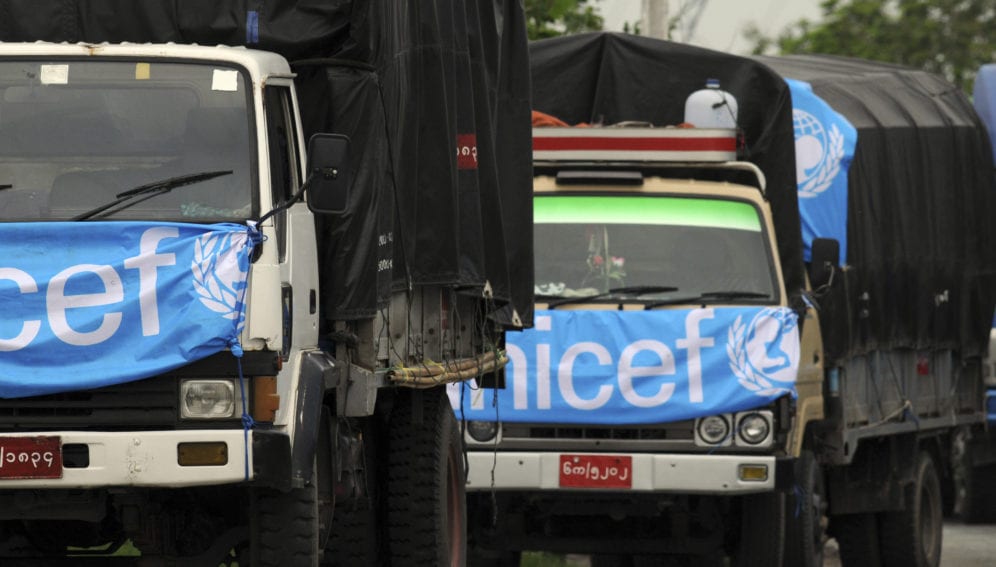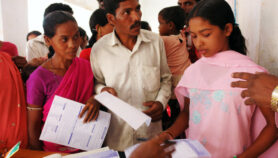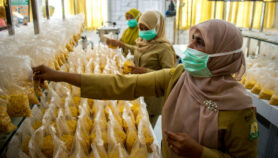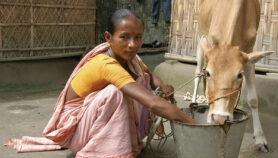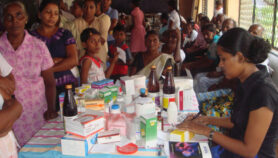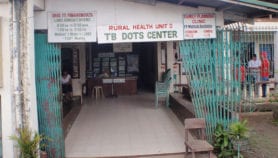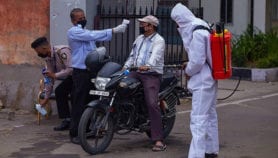By: Neena Bhandari
Send to a friend
The details you provide on this page will not be used to send unsolicited email, and will not be sold to a 3rd party. See privacy policy.
[SYDNEY] Nearly 59 per cent of the United Nations (UN) procurements in 2017 worth US$11 billion were from developing countries, least developed countries (LDCs) and countries with economies in transition, according to a UN official statistical report released last week (21 June).
Asia remained the region with the highest procurement volume but saw a US$129 million reduction compared to 2016 — the largest decrease in absolute terms of any region. Three developing countries — India with total procurement of US$907 million, UAE with US$797 million and Kenya with US$503 million — were among the top 10 supplier countries in 2017. Combined, the three countries accounted for nearly 12 per cent of the total UN procurement for 2017. The US remains the largest supplier to the UN with US$1.7 billion largely on the back of management and services.
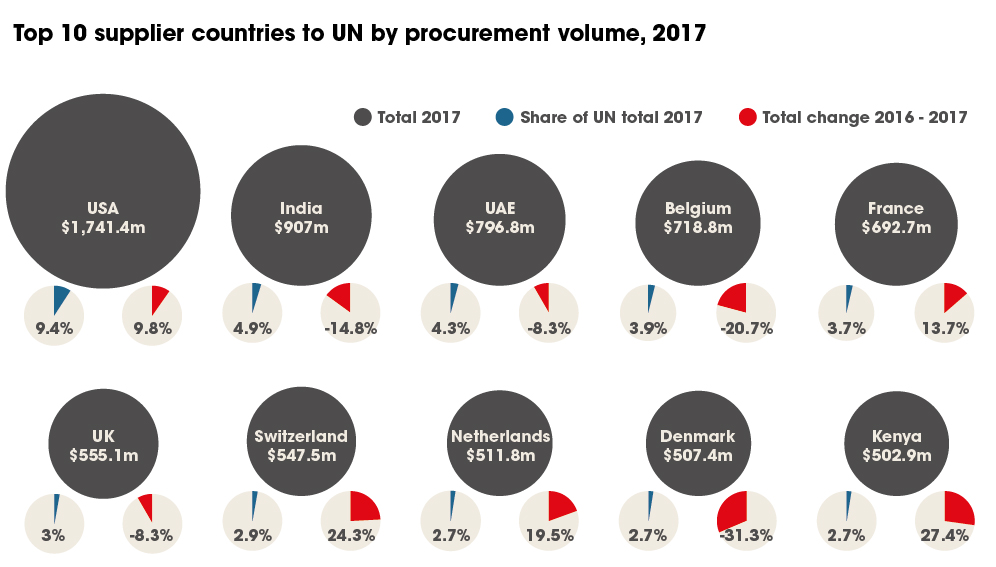
India, a top 10 supplier since 2000, was the largest health supplier (pharmaceuticals, contraceptives, vaccines, medical equipment and health services) although overall procurement from the country’s suppliers fell by 15 per cent. The UAE was the largest supplier of fuels and lubricants, and second largest supplier of food and beverage products after Turkey, while Kenya is a new addition to the top 10 with its reported procurement last year reaching US$503 million from US$395 million in 2016 largely on the increases made by the World Food Programme (WFP) and the Food and Agriculture Organization of the United Nations (FAO).
“LDCs are the most vulnerable and disadvantaged members of the UN. Procuring from these countries directly supports national economies, not only through the goods and services provided to people in need but also by supporting local markets and suppliers”
Patricia Moser, UN Office for Project Services’ Procurement Group
Overall globally, the biggest procurement was on pharmaceuticals, contraceptives and vaccines (US$2.6 billion). However, the health sector share in the total UN procurement diminished to 20.1 per cent (US$3.7 billion) in 2017 from 22.4 per cent (US$4 billion) in 2016. The drop was attributed to UNICEF’s reduced procurement of vaccine doses and cost savings realised in the procurement of vaccines.
Specifically on LDCs, spending on goods and services increased by 26.5 per cent reaching US$3 billion in 2017. This is in line with the 2030 Sustainable Development Goals (SDGs) agenda wherein UN organisations have continued to increase procurement from developing countries.
“LDCs are the most vulnerable and disadvantaged members of the UN. Procuring from these countries directly supports national economies, not only through the goods and services provided to people in need but also by supporting local markets and suppliers. We saw significant growth in procurement particularly from Yemen, Rwanda and Sudan,” director of UN Office for Project Services’ Procurement Group, Patricia Moser, tells SciDev.Net.
“When we work in developing countries, we support the economic and social aspects of sustainability. These impact SDG 8, which focuses on decent work and economic growth, as well as SDG 12, which focuses on responsible consumption and production. These lead to supporting SDG 1 (no poverty), SDG 2 (zero hunger) and SDG 3 (good health and well-being),” she adds. “We can’t underestimate the impact of an overall economy and thereby the SDGs listed by providing decent work, as the impact can be significant.”
Dilip Dutta, director, South Asian Studies Group, and editor, International Journal of Development Issues, University of Sydney, says: “There is no doubt that these funds are extremely relevant for the development of the LDCs if the UN makes sure that they are spent on the targeted population without intervention by local politicians.”
Forty UN organisations spent US$18.6 billion on buying goods and services from 193-member states for their operations, projects and programmes. The 5.1 per cent increase in spending in 2017 was driven by a 9.1 per cent rise in procurement of services and a modest one per cent increase in procurement of goods.This piece was produced by SciDev.Net’s Asia & Pacific desk.


